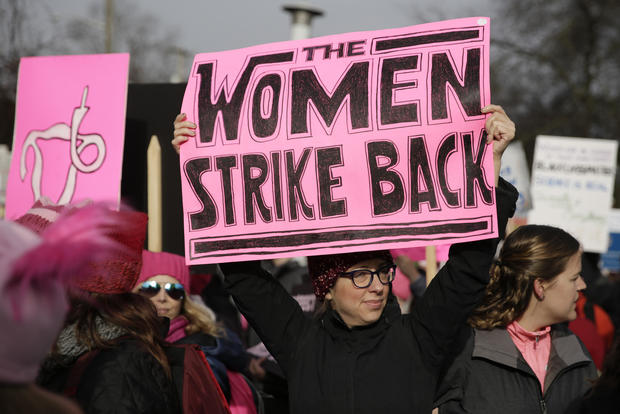Every year on 8th March, the entire world gets together to rejoice about the power and spirit of women by celebrating International Women’s Day. So on this day, a majority of women wake up to numerous wishes, gifts and motivational incentives. Since ages, this day has been synonymous to strength, reflection and championship. This year, let’s trace down the history of this euphoria.
During 1908, women’s oppression and inequality was rampant, which led to women becoming more vocal and active in calling for equal rights. Demanding shorter work hours, better wages and voting rights, around 15,000 women marched through New York City. Next year, the first National Woman’s Day (NWD) was observed across the United States on 28 February, following a declaration by the Socialist Party of America.
The next change followed in 1910, when Clara Zetkin (Leader of the ‘Women’s Office’ for the Social Democratic Party in Germany) tabled the idea of an International Women’s Day. She proposed that in every country, on the same day, there should be a celebration – a Women’s Day. Zetkin’s suggestion was greeted unanimously and International Women’s Day was the result. In 1913, International Women’s Day was transferred to 8 March and has remained ever since.
Although the movement started off as a meaningful platform for women to assert their equality, the World Economic Forum states that the world will take a long time to close the gender gap. Reports says that some regions see a faster rate of change, “Among these are South Asia, estimated to closing the gender gap in 46 years and Sub-Saharan Africa in 79 years. For some regions, it may take much longer like 129 years in the Middle East and 149 years in Central Asia.”
Jagmati Sangwan, social reformer and former Secretary of All India Democratic Women’s Association (AIDWA) states, “The goal of gender equality that the women who began the International Women’s Day hoped to achieve, haven’t been realised even now. In fact, in many areas, the inequality has increased! We must work together and in accordance with the changing times.”

Kavita Krishnan, secretary of the All India Progressive Women’s Association, goes on to add that “Corporations are trying to change International Women’s Day to something similar to Rose Day and saying, look how wonderful women are and thank you for suffering in silence. But on Women’s Day, we must reaffirm our resistance. That is the real essence of the day.”
Krishnan speaks in reference to the various offers which pop up on Women’s Day. From free drinks and chocolates to discount on various stores, the so called incentives are endless. But unfortunately, Women’s Day has now become a brilliant strategy for marketing and these gimmicks don’t go down well with all women.
This year’s theme for celebrating International Women’s Day is Be Bold For Change. It advocates people to be strong and speak up against inequality and injustice. International Women’s Day has always aimed to empower women in order to create a more gender-inclusive world.


























